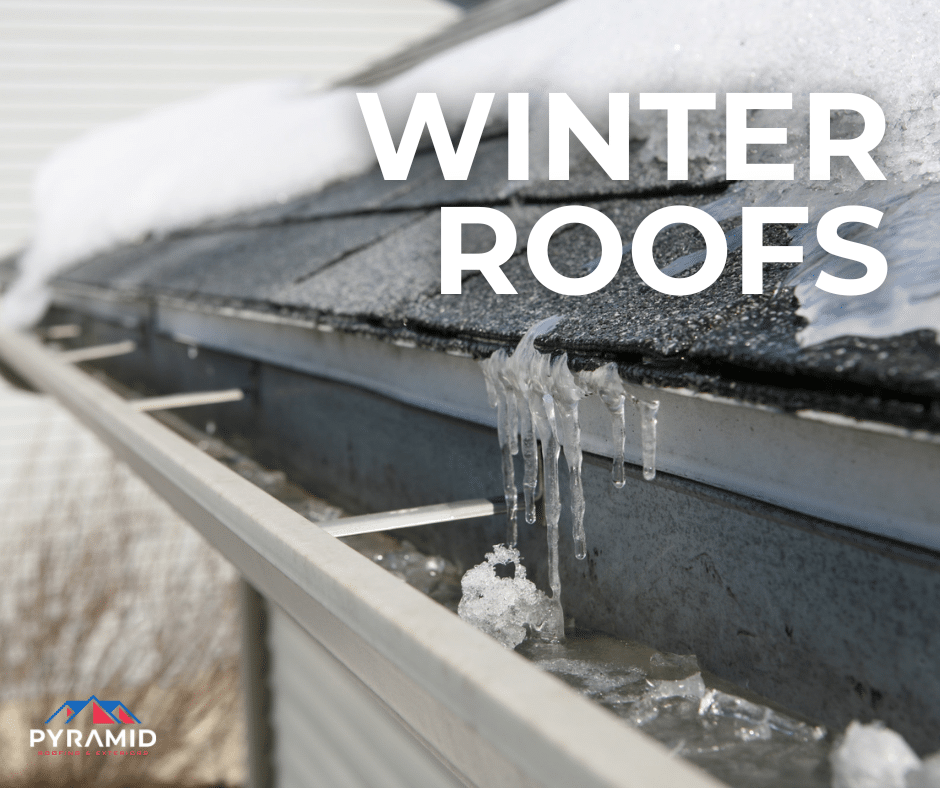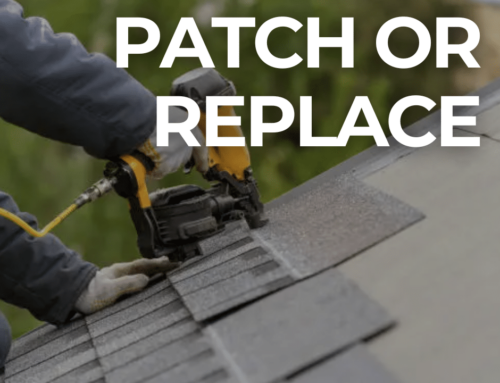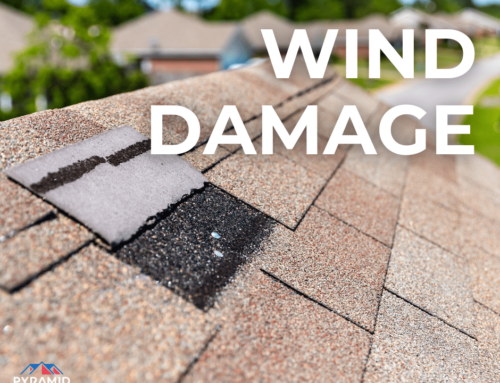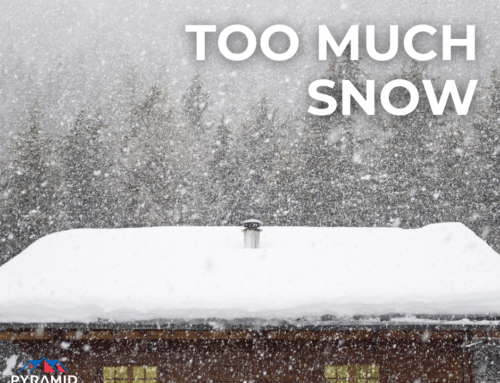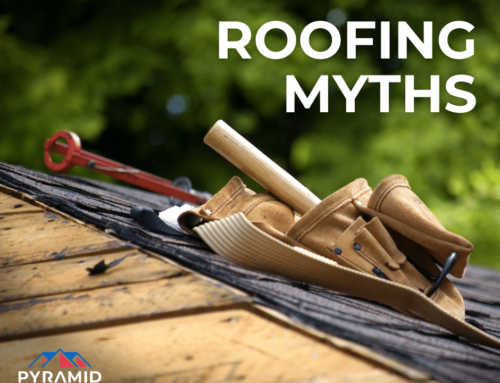Winter months can be tough on your roof, especially with snow, ice, and cold temperatures. Proper maintenance during this season can prevent damage and extend the life of your roof. By taking some simple steps, you can prevent major issues and save both time and money in the long run. Here are some key tips for winter roof maintenance:
1. Prevent Snow Build-up
Snow may look beautiful, but it can cause serious harm to your roof. As snow piles up, the weight increases, placing pressure on your roof that could lead to damage, especially in weak spots. Additionally, as snow melts and refreezes, it can form ice dams. This cycle of thawing and refreezing is harmful because the expanding ice can cause cracks and leaks in the roof.
To prevent damage, clear snow from your roof as soon as possible, taking care to do so safely. If necessary, hire a professional or consider installing heat cables to prevent snow buildup.
TIP: Use ice melt products cautiously. If you need to de-ice your roof, use products that are safe for shingles. Avoid using rock salt, as it can damage shingles and the roofing material over time.
2. Clean Gutters Regularly
Gutter cleaning might be a chore, but it’s crucial for winter roof maintenance. Ensure that your gutters are free of debris before winter arrives. Clogged gutters can trap water, which can freeze and create ice dams that cause roof damage. Check your gutters regularly throughout the winter to make sure they stay clear.
3. Inspect for Damage
Winter storms, including wind, rain, and snow, can expose any existing weaknesses in your roof. Before winter weather hits, inspect your roof for any damaged or missing shingles, and replace them to prevent leaks. After a storm, perform another check for any new signs of damage and schedule repairs immediately.
4. Maintain Landscaping
Trim any trees or shrubs that overhang your roof. These branches can damage shingles or, if weighed down by snow or ice, cause further harm. Clearing overhanging branches and debris reduces the risk of moisture buildup or rot on your roof.
Also, watch for hanging icicles, as they can be dangerous if they fall. They may indicate ice dams forming, so remove snow from the roof and check for signs of ice buildup. Trim branches near the roof to prevent them from snapping under the weight of snow or ice.
5. Ensure Proper Ventilation in the Attic
In winter, blocked attic ventilation can trap moisture, causing ice to form and damage your roof and home. Ensure all attic vents are clear and functioning properly to maintain proper airflow and prevent leaks or moisture build up.
Regularly check for signs of water leaks, like wet spots or mold, as these could indicate a roof issue or poor ventilation. If you detect leaks, you may need roof repair to prevent further damage. Proper attic ventilation also helps regulate roof temperature, preventing ice dams and mold growth.
6. Repair Flashing
Flashing, which seals joints and seams around features like chimneys and skylights, can loosen or warp over time. If you notice any issues, address them quickly to prevent water from entering your home. Repairing flashing early can avoid costly water damage later.
7. Check for Animal Entrances
As temperatures drop, animals may seek shelter in your attic or roof spaces. Inspect your roof for any gaps or holes where animals could enter. If you find any, seal them promptly to avoid having critters trapped in your attic once winter sets in.
8. Review Your Homeowner’s Insurance
Before winter arrives, review your homeowner’s insurance policy, specifically the section that covers roof damage. Keeping a record of any maintenance or repairs you’ve done can be helpful if you need to file a claim. Having documentation can make the process smoother if your roof sustains damage due to a winter storm.
9. Ensure Adequate Insulation
Good attic insulation is essential for winter roof maintenance. It helps maintain a consistent temperature, preventing heat from escaping into the attic, which can melt snow on the roof. When snow melts and refreezes, it forms ice dams, which can damage your roof. Use materials like fiberglass or spray foam, and seal any gaps to ensure maximum effectiveness.
10. Check For Frozen Pipes
Cold weather can freeze pipes in attics or exterior walls, especially near the roof. Frozen pipes can crack or burst, leading to water damage. To prevent this, insulate exposed pipes with foam or heat tape, especially in areas prone to freezing. Proper attic ventilation and sealing drafts can also help protect your pipes during winter.
11. Schedule a Professional Inspection
While DIY inspections are helpful, nothing beats the thoroughness of a professional inspection. A roofing expert can identify potential issues that you might miss. Schedule a professional inspection to ensure everything is in top condition and ready for the Midwest weather ahead.
Visit our website to schedule a free inspection today.
Trust the Experts
Winter shouldn’t be a time of constant worry about your roof. By staying on top of maintenance and taking necessary precautions, you can feel confident that your roof is ready for the harsh season. For a thorough inspection and expert advice, trust roofing professionals who can ensure your roof is prepared. The Pyramid Roofing team offers comprehensive roof inspections and free estimates to keep your home safe and worry-free this winter.
If you do need a roof replacement, there’s no need to wait until spring. Under the right conditions, our team can replace your roof during the winter months. Contact us today to learn more. Call us at our Springfield office: 417-943-4011 or Kansas City office: 816-966-1101

